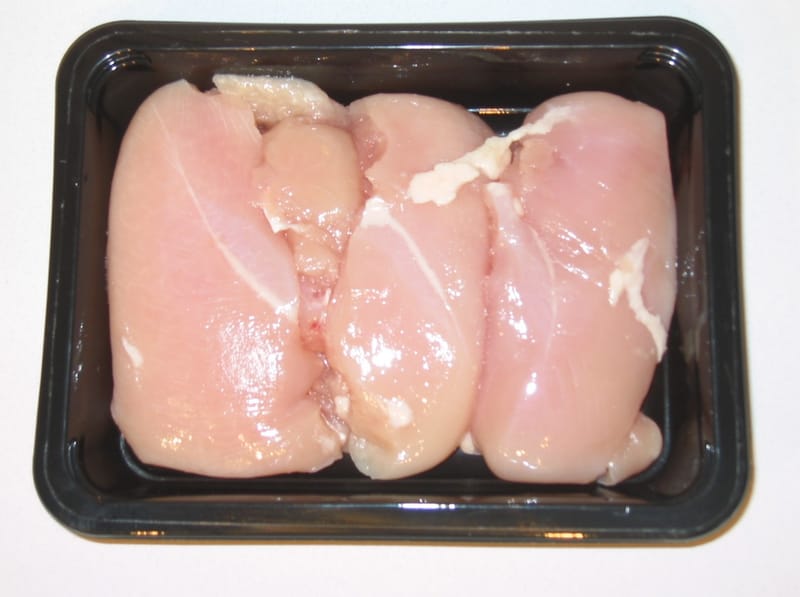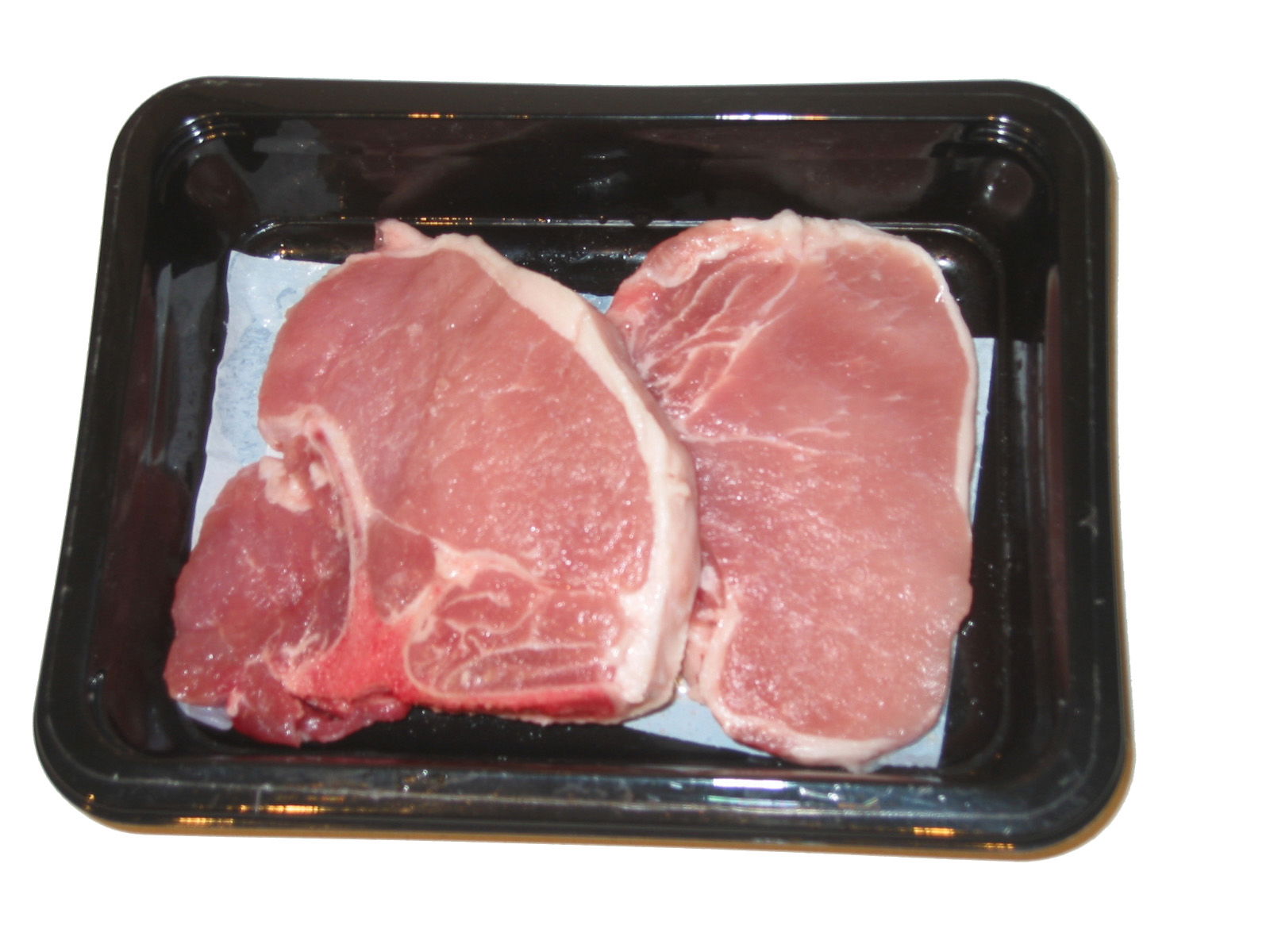OxyVac-S™

Oxygen scavenging system for meat and poultry
For meats with at least 20% free moisture (Aw>.65) packaged in oxygen barrier (MAP or CAP) packages. Perfect for chicken, beef, ham, turkey and many other meat products.
USDA approved for fresh whole muscle meats and cooked whole or divided meats.

Product and Economic Benefits:
- OxyVac-S helps protect meats from aerobic organisms and oxidative degradation, extending shelf life.
- OxyVac-S is a GRAS food ingredient approved for direct food contact.
- OxyVac-S is invisible to the consumer and is less expensive and easier to use than iron oxide packets.
- OxyVac-S is a process aid under 21CFR101.100(3)(ii)(c) and may not need to be declared on your ingredient labels.
- In most foods, OxyVac-S has no effect on taste.
- Metal detectors will pass OxyVac-S, enabling metal detection for food products.
OxyVac-S reduces the O2 level to below 0.01% and produces CO2.
- A low O2 level substantially slows lipid oxidation and slows the growth of mold and most aerobic bacteria. Elevated CO2 levels have shown to have an inhibitory effect on both aerobic and anaerobic bacteria.
- One gram of OxyVac-S will consume the free oxygen in .15 liter of air (at 20% O2) or the free oxygen in 1 liter of package head space that has been gas flushed down to 3% O2.
- OxyVac-S continues to consume O2 that penetrates package film during storage, keeping O2 levels down.
- Reduced head and interstitial space in the package (air volume) will increase the effectiveness and reduce the cost of OxyVac-S use. The rate of O2 depletion depends on temperature, surface area, and water activity.
For effective function, the following product and production parameters are required:
- The product must contain at least 20% free moisture (AW>.65).
- OxyVac-S should be applied to the surface of the product no longer than 20 minutes prior to package sealing. OxyVac-S does not need to be in contact with all surfaces of the product, it must only be in the package and have access to the moisture and head space within the product/package.
- The package must be sealed tightly and should not be heated to greater than 100° F within four days of packaging.



